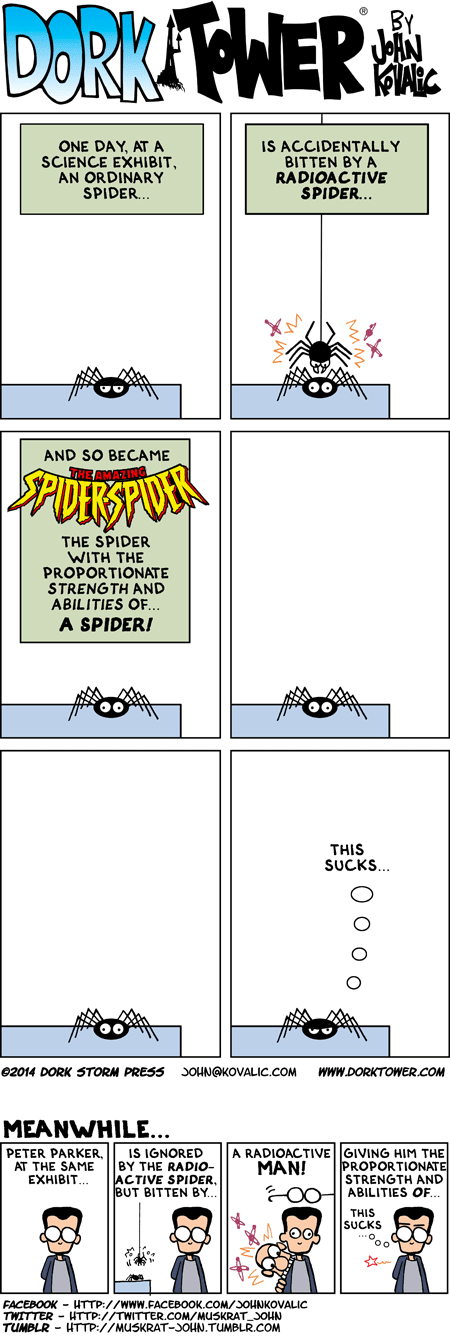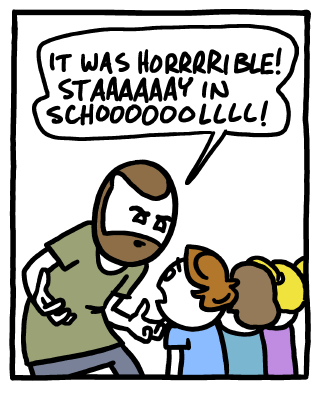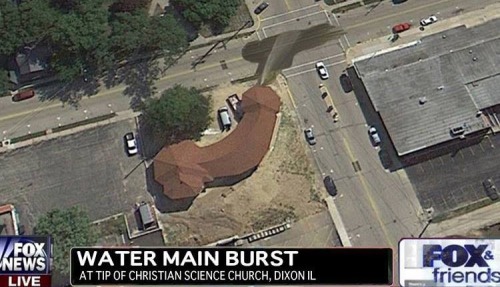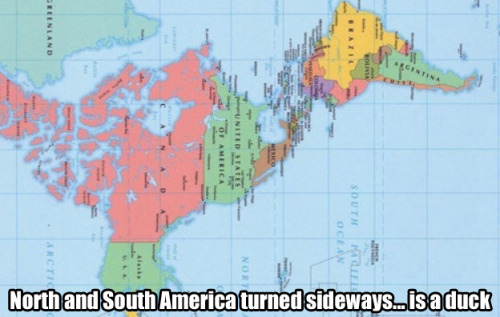This appears to be either a channel cut by normal fluvial processes, then filled by a lahar, or possibly a channel actively cut by a lahar, then subsequently buried during the same event. In trying to figure out what's going on here, I did track down some information that looks useful and relevant. In
this listing of geologic units of Lake County, Oregon, the rock appears to be the "
Andesite and dacite and sedimentary rocks (Miocene? and Oligocene)."Clicking through on
that link leads to a more detailed description, which is basically consistent with what we're seeing here, as well as a number of map references. Opening the
Adel Quadrangle link (click on the thumbnail to open a viewing window), and zooming and dragging to look at the SW corner of that map, you can see the canyon emerging into the Warner Valley from the west, where the rock unit is labeled "Tts." And looking at the legend, the description of that unit is again consistent with what one can see on the ground and in this photo. The map doesn't quite get as far west as this spot, but I'm pretty confident I've got this nailed down.
The unit's description:
What we're seeing here is clearly not "fine-grained," but we are off to the west, so we're apparently into the pumice lapilli tuffs. And as I mentioned in
Thursday's post, we haven't seen them clearly yet, but there are a series of finer-grained tuff beds off to the right.
Photo unmodified. August 19, 2011.
FlashEarth Location (somewhat uncertain).




























































